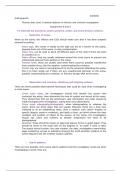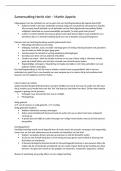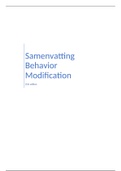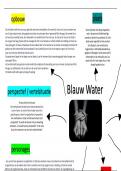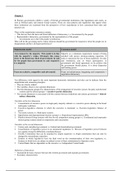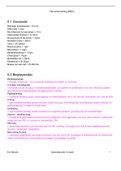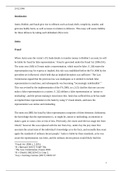Other
Unit 4 Assignment A (Distinction)
- Institution
- PEARSON (PEARSON)
This is an in depth assignment that discusses the procedures used to preserve, collect, and record forensic evidence, appropriate procedures to preserve, collect and record forensic evidence, the choice of procedures used to preserve, collect, and record forensic evidence and the importance of usin...
[Show more]
